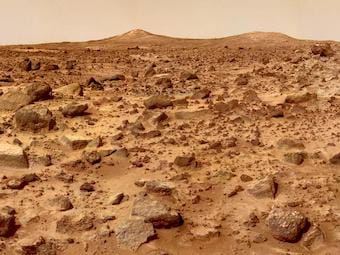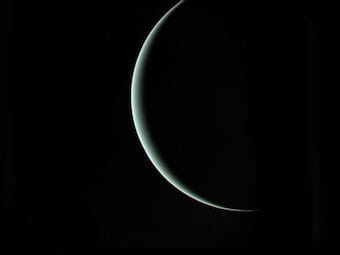In 1782, astronomer William Herschel began studying the sun. He guessed that its brightness fluctuated, and he wanted not only to measure these changes with scientific accuracy but also to establish whether they were connected with periodic changes in earth’s climate, a project which he may well have been the first to undertake.
Initially, Herschel’s plans were frustrated by a lack of historic temperature data, but he improvised, using data on wheat prices as a guide. Armed with this information, he established a correlation between solar activity and the British climate, but his findings were treated with derision — neither the first time or the last that experts have turned on their own.
112 words



